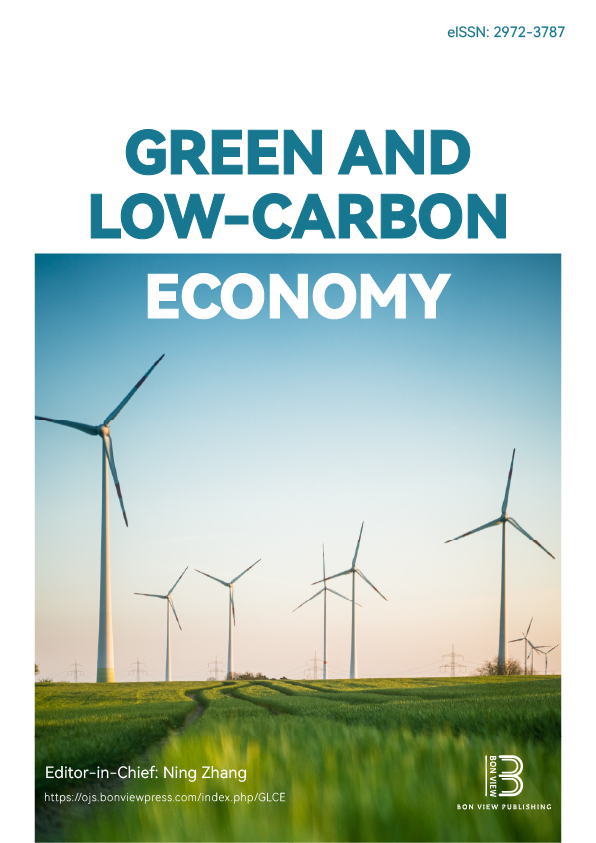What Is Carbon Labeling of Food and Does It Work? A Preliminary Review of the Potential Impact of Carbon Labeling on Consumer Choice
DOI:
https://doi.org/10.47852/bonviewGLCE52025258Keywords:
sustainable behavior, carbon labeling, population, planetary boundaries, nutrition industryAbstract
Carbon labeling involves placing written or pictorial information on packaging, menus, or price tags to inform consumers about the carbon (CO2) emissions associated with the entire life cycle of a product or service, thereby empowering them to make environmentally conscious purchasing choices. Various carbon labeling practices are in use, but there is limited understanding about their effectiveness in impacting consumer choice. Method: A preliminary review examining the effectiveness of carbon labeling was conducted by searching major scientific literature databases. Quantitative studies on data on the reduction in CO2 emissions achieved through the provision of carbon labeling of meals were searched and examined. Results: Twelve studies were identified, six utilized computer-based virtual consumer choice simulation and six were conducted in real-world retail environments. Studies utilizing virtual simulations demonstrated potential double-digit reductions in CO2 output, but real-life studies identified far much modest reductions of only 2-5%. Labeling using rating-based systems, such as with traffic lights, was identified as more effective in directing consumer choice. Discussion: This preliminary literature review demonstrates that carbon labeling has the potential to direct consumers toward purchasing lower-carbon emission products. However the relatively small number of studies on this topic indicates the need for further research. Clearly, greater business engagement, and possible government intervention, is needed to advocate for carbon labeling and ensure its wider use.
Received: 19 January 2025 | Revised: 21 April 2025 | Accepted: 23 July 2025
Conflicts of Interest
The authors declare that they have no conflicts of interest to this work.
Data Availability Statement
Data are available on request from the corresponding author upon reasonable request.
Author Contribution Statement
Håkan Lane: Conceptualization, Methodology, Validation, Formal analysis, Investigation, Writing - original draft, Writing - review and editing, Visualization, Supervision, Project administration. Oksana Pokutnia: Conceptualization, Methodology, Validation, Investigation, Writing - original draft, Visualization. Mark David Walker: Writing - original draft, Writing - review and editing. Jayanna Killingsworth: Conceptualization, Writing - original draft. Michal Valko: Writing - original draft, Writing - review and editing. Ana Rita Farias: Conceptualization, Writing - original draft.
Downloads
Published
Issue
Section
License
Copyright (c) 2025 Authors

This work is licensed under a Creative Commons Attribution 4.0 International License.


